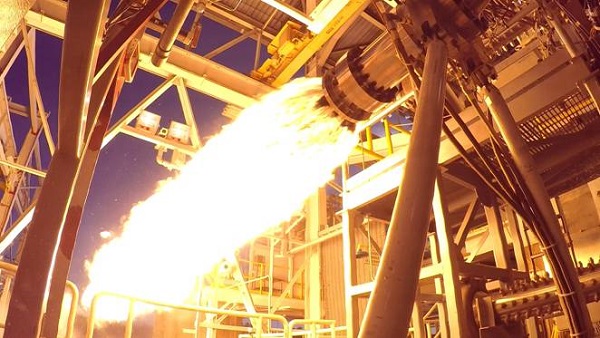 |
| energy.gov |
At normal temperatures, all materials have some amount of electrical resistance. This means they resist the flow of electricity. Because of resistance, some energy is lost as heat when electrons move through the electronic devices. But there are some exceptions called superconducting materials. Superconductivity is a phenomenon where a charge moves through a material without resistance. This allows electrical energy to be transferred between two points with perfect efficiency, losing nothing to heat. Superconductivity is one of nature’s most intriguing quantum phenomena. It was discovered more than 100 years ago in mercury cooled to the temperature of liquid helium (about -268.9°C, only a few degrees above absolute zero).Unlike an ordinary metallic conductor, whose resistance decreases gradually as its temperature is lowered even down to near absolute zero, a superconductor has a characteristic critical temperature below which the resistance drops abruptly to zero. An electric current through a loop of superconducting wire can persist indefinitely with no power source.
The above video of the Meissner effect in a high-temperature superconductor (black pellet) with a NdFeB (neodymium magnet). Let us first understand the types of superconductors- High temperature superconductivity and Low temperature superconductivity. High-temperature superconductors are defined as materials that behave as superconductors at temperatures above 77 K (−196.2 °C). The majority of high-temperature superconductors are ceramic materials. A ceramic is hard, brittle, heat-resistant and corrosion-resistant materials made by shaping and then firing a nonmetallic mineral, such as clay, at a high temperature. Common examples are earthenware, porcelain, and brick. LTS stands for "low temperature superconductor," which typically refers to Nb-based alloys and A15 superconductors that were already in use prior to the discovery of "high temperature" copper-oxide superconductors in 1986.
 |
| Pinterest |
 |
| SciELO |
 |
| Sciencenews |
After decades, room temperature superconductivity is achieved. Above pic shows crushed between two diamonds, a compound of hydrogen, sulfur, and carbon superconducts at room temperature. Scientists have created a mystery material that seems to conduct electricity without any resistance at temperatures of up to about 15 °C. That’s a new record for superconductivity, a phenomenon usually associated with very cold temperatures. The superconductor has one serious limitation, however: it survives only under extremely high pressures, approaching those at the centre of Earth, meaning that it will not have any immediate practical applications. Still, physicists hope it could pave the way for the development of zero-resistance materials that can function at lower pressures.
Halperin, John Evans Professor of Physics at Northwesterns explains that now, a superconductor is just like there is no resistance to the charge. Therefore, no heat is generated when the current moves through the conductor. This is a good thing, because we don’t lose any energy in just heating the wire.
Superconductors—special metals that can conduct electrical current with no loss of energy could one day have a great impact on the efficient transmission of power in the United States and around the world. They could also lead to great innovations in medical imaging, drug analysis, and even telecommunications. While limited amounts of superconductors are already being introduced into the grid, there is much work left to be done, especially in understanding how these compounds actually work and how they can be improved.





0 Comments